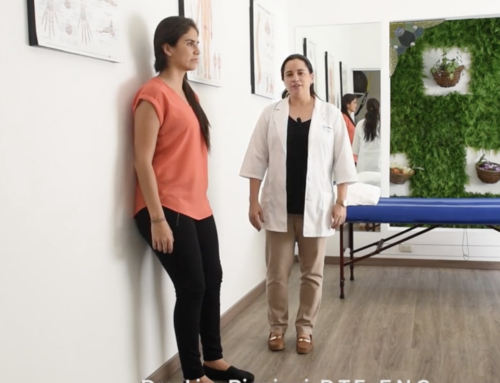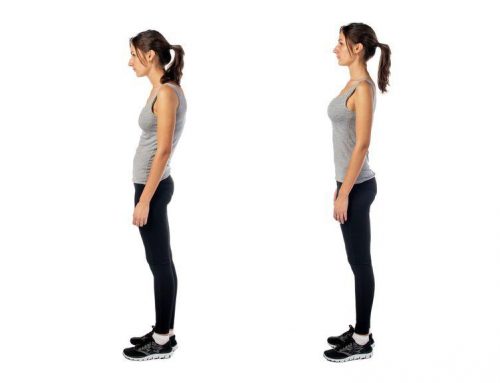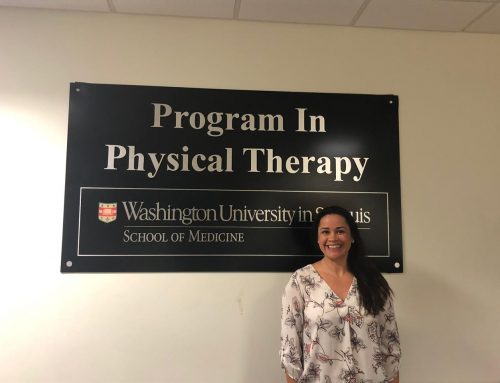Predicting Short-Term Response to Thrust and Nonthrust Manipulation and Exercise in Patients Post Inversion Ankle Sprain
Predicting Short-Term Response to Thrust and Nonthrust Manipulation and Exercise in Patients Post Inversion Ankle Sprain
DOI: 10.2519/jospt.2009.2940
STUDY DESIGN: Prospective-cohort/predictive-validity study. OBJECTIVES: To develop a clinical prediction rule (CPR) to identify patients who had sustained an inversion ankle sprain who would likely benefit from manual therapy and exercise. BACKGROUND: No studies have investigated the predictive value of items from the clinical examination to identify patients with ankle sprains likely to benefit from manual therapy and general mobility exercises. METHODS AND MEASURES: Consecutive patients with a status of post inversion ankle sprain underwent a standardized examination followed by manual therapy (both thrust and nonthrust manipulation) and general mobility exercises. Patients were classified as having experienced a successful outcome at the second and third sessions based on their perceived recovery. Potential predictor variables were entered into a stepwise logistic regression model to determine the most accurate set of variables for prediction of treatment success. RESULTS: Eighty-five patients were included in the data analysis, of which 64 had a successful outcome (75%). A CPR with 4 variables was identified. If 3 of the 4 variables were present the accuracy of the rule was maximized (positive likelihood ratio, 5.9; 95% CI: 1.1, 41.6) and the posttest probability of success increased to 95%. CONCLUSIONS: The CPR provides the ability to a priori identify patients with an inversion ankle sprain who are likely to exhibit rapid and dramatic short-term success with a treatment approach, including manual therapy and general mobility exercises. LEVEL OF EVIDENCE: Prognosis, level 2b.
J Orthop Sports Phys Ther 2009;39(3):188-200, Epub 24 October 2008. doi:10.2519/jospt.2009.29
The authors aim to develop a clinical prediction rule (CPR) to identify patients who had sustained an inversion ankle sprain who would likely benefit from manual therapy and exercise.
This information was obtained via: http://www.jospt.org/issues/articleID.2257,type.1/article_detail.asp
Predicting Short-Term Response to Thrust and Nonthrust Manipulation and Exercise in Patients Post Inversion Ankle Sprain
DOI: 10.2519/jospt.2009.2940
STUDY DESIGN: Prospective-cohort/predictive-validity study. OBJECTIVES: To develop a clinical prediction rule (CPR) to identify patients who had sustained an inversion ankle sprain who would likely benefit from manual therapy and exercise. BACKGROUND: No studies have investigated the predictive value of items from the clinical examination to identify patients with ankle sprains likely to benefit from manual therapy and general mobility exercises. METHODS AND MEASURES: Consecutive patients with a status of post inversion ankle sprain underwent a standardized examination followed by manual therapy (both thrust and nonthrust manipulation) and general mobility exercises. Patients were classified as having experienced a successful outcome at the second and third sessions based on their perceived recovery. Potential predictor variables were entered into a stepwise logistic regression model to determine the most accurate set of variables for prediction of treatment success. RESULTS: Eighty-five patients were included in the data analysis, of which 64 had a successful outcome (75%). A CPR with 4 variables was identified. If 3 of the 4 variables were present the accuracy of the rule was maximized (positive likelihood ratio, 5.9; 95% CI: 1.1, 41.6) and the posttest probability of success increased to 95%. CONCLUSIONS: The CPR provides the ability to a priori identify patients with an inversion ankle sprain who are likely to exhibit rapid and dramatic short-term success with a treatment approach, including manual therapy and general mobility exercises. LEVEL OF EVIDENCE: Prognosis, level 2b.
J Orthop Sports Phys Ther 2009;39(3):188-200, Epub 24 October 2008. doi:10.2519/jospt.2009.29
The authors aim to develop a clinical prediction rule (CPR) to identify patients who had sustained an inversion ankle sprain who would likely benefit from manual therapy and exercise.
This information was obtained via: http://www.jospt.org/issues/articleID.2257,type.1/article_detail.asp





